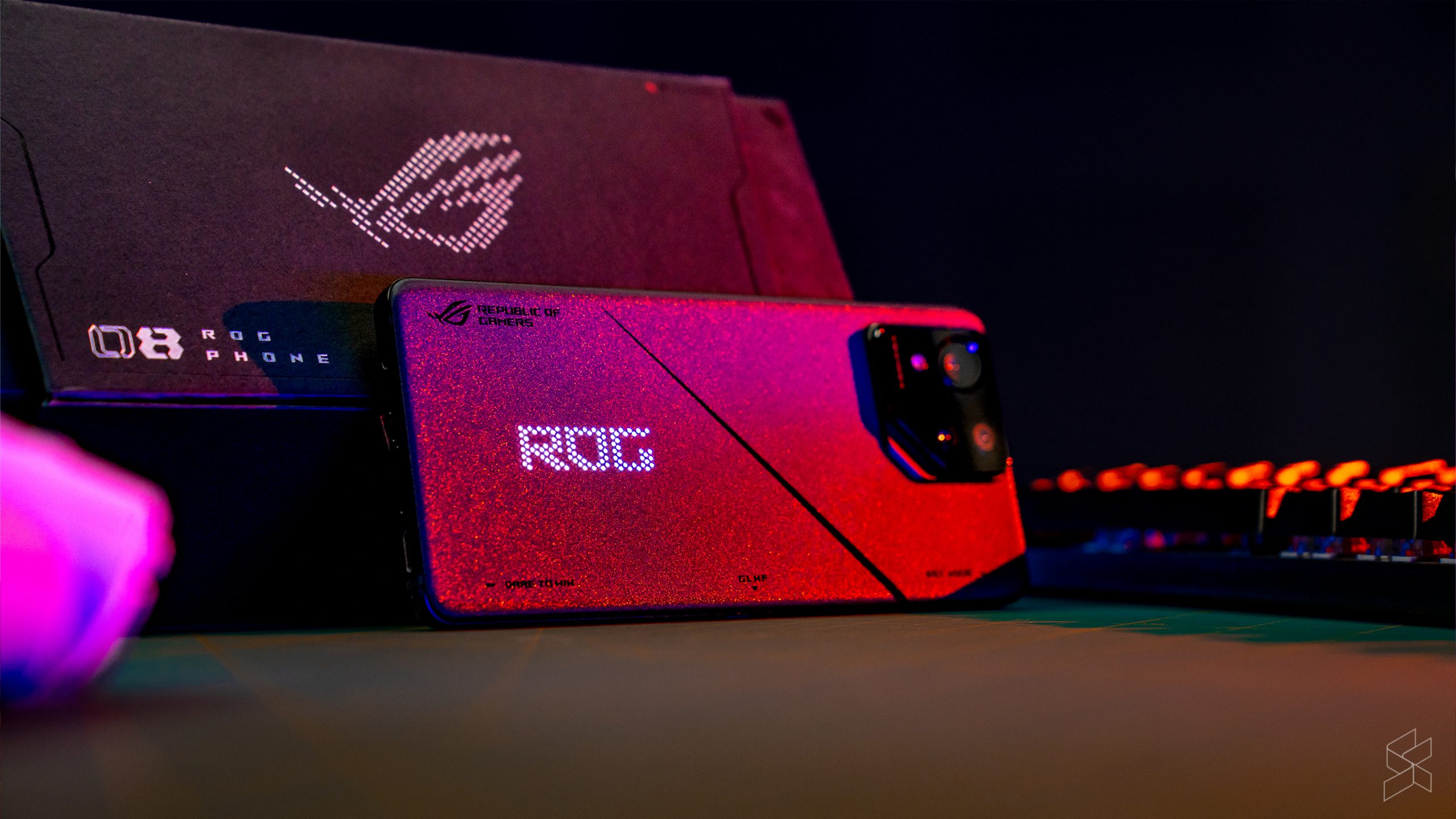Hey you, you’re finally awake.
Here’s a quick question: Which one of these two devices below do you think is a ‘gaming smartphone’?
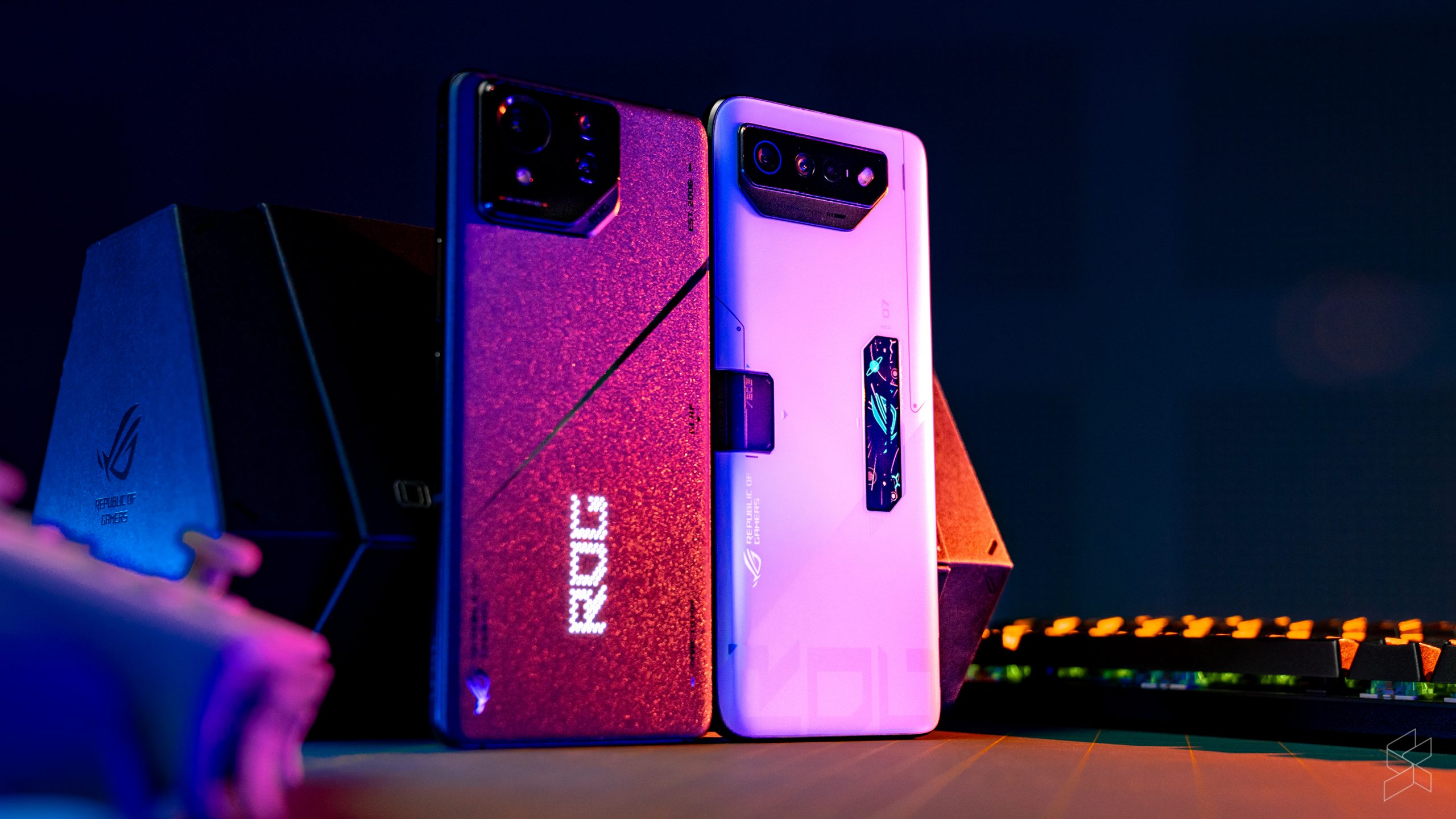
Surely it’s the one on the right, right? I mean, the one on the left looks like any other smartphone out there. Where’s the edgy look? The actually RGB lighting? There’s even a large camera bump on it!
Ah, but this ain’t a regular gaming smartphone (not that those are anything sort of ‘regular’ anyway). This is the ROG Phone 8 Pro from Asus, they’re brand new flagship gaming smartphone. You’ll find AirTrigger shoulder buttons on the side for gaming, as well as AI tools that will help you play your games. And while there’s no addressable RGB lighting, you do still get an AniMe Vision MiniLED matrix on the back for just enough of that edgy look.
Besides, what’s a gaming smartphone anyway?
More ‘phone’, less ‘ROG’
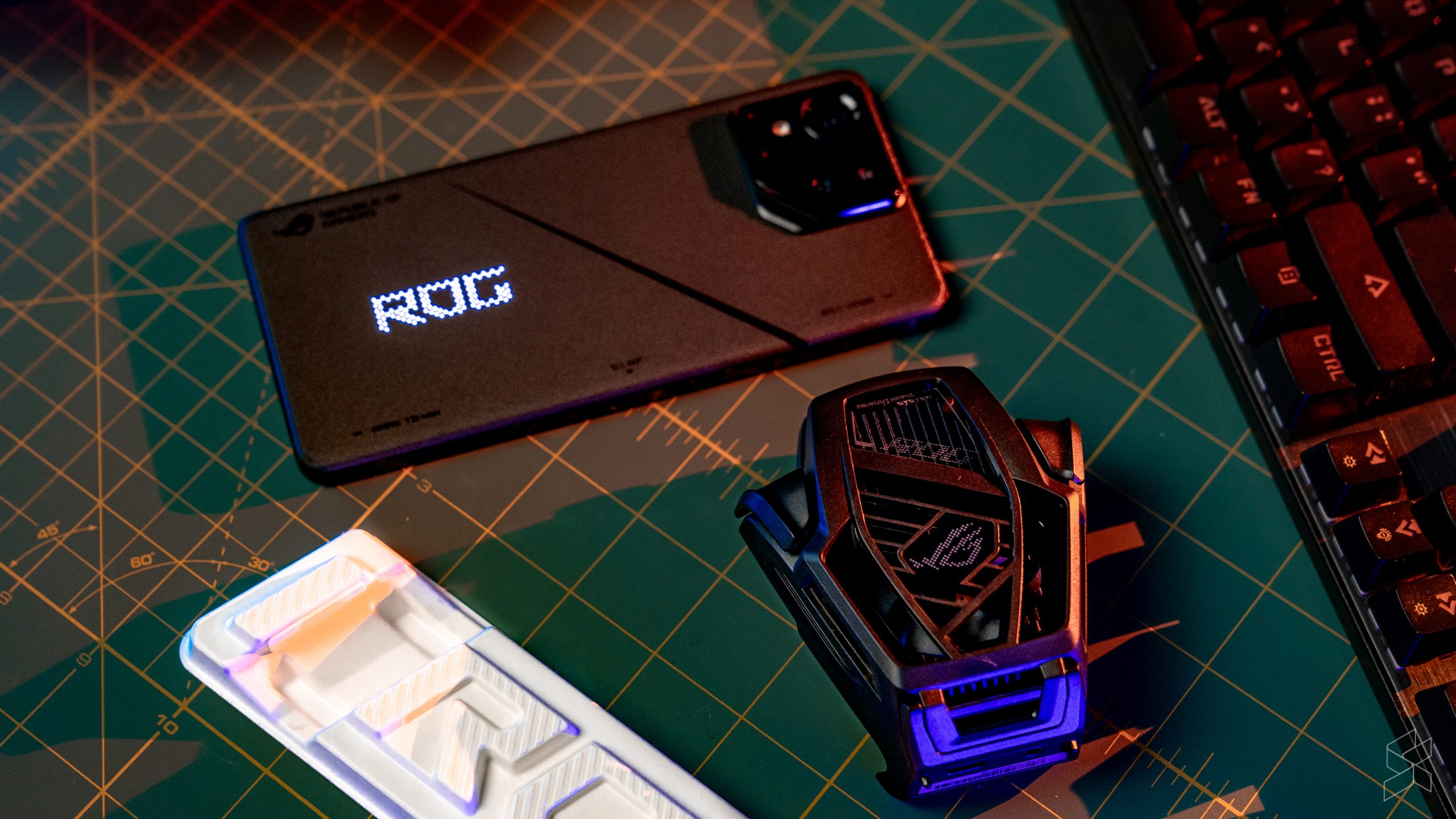
Well according to Asus, despite it looking like it would fit right into their Zenfone lineup, this really is Asus’ new ROG Phone 8 Pro, their latest flagship gaming smartphone. It has just about everything you would expect from a gaming smartphone of course, such as the aforementioned shoulder buttons, a high refresh rate display and some of the best hardware you can find under the hood!
Except… it looks a little different.
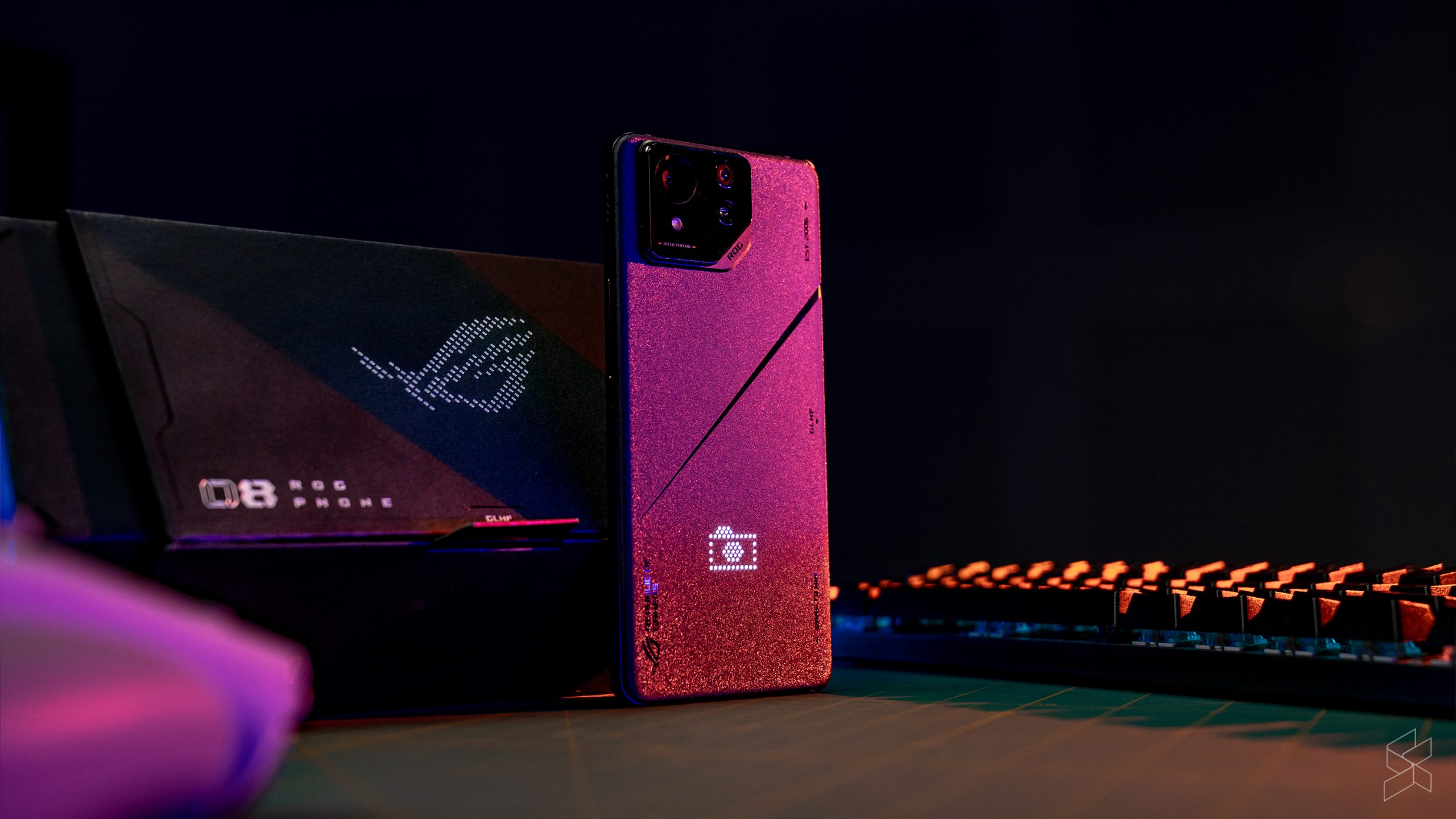
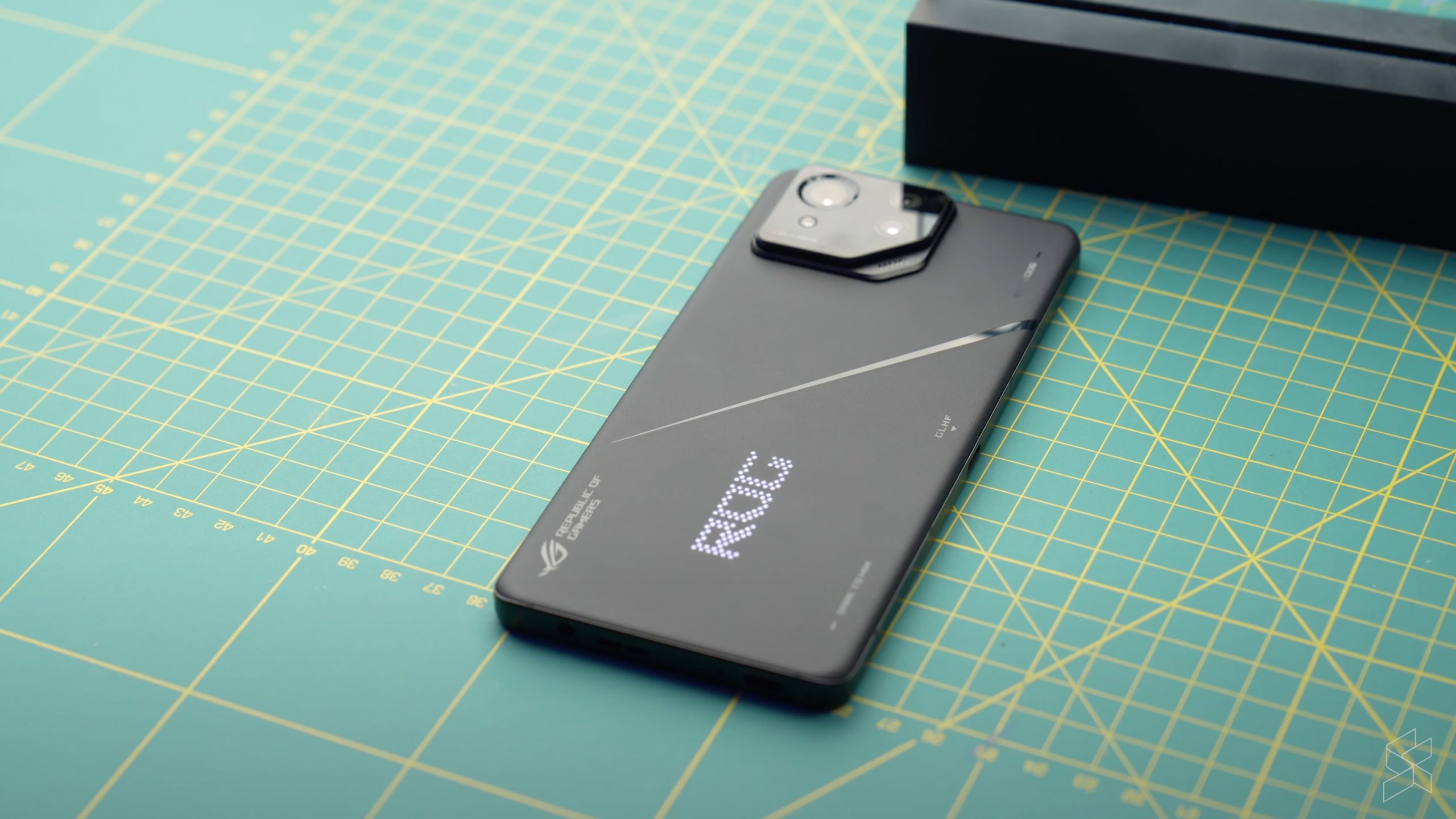
Gone are the heavy gamer aesthetics from ROG Phones past, and instead in its place is a brand new look. Our ROG Phone 8 Pro in particular sports a matte black finish, complete with a redesigned camera bump for what is arguably a sleeker, sexier industrial look. According to Asus, the ROG Phone 8 series marks the third generation of ROG Phone design philosophy, where the goal was to position the ROG Phone more as a gaming device that would still be perfect for daily usage, all while retaining that ROG DNA.
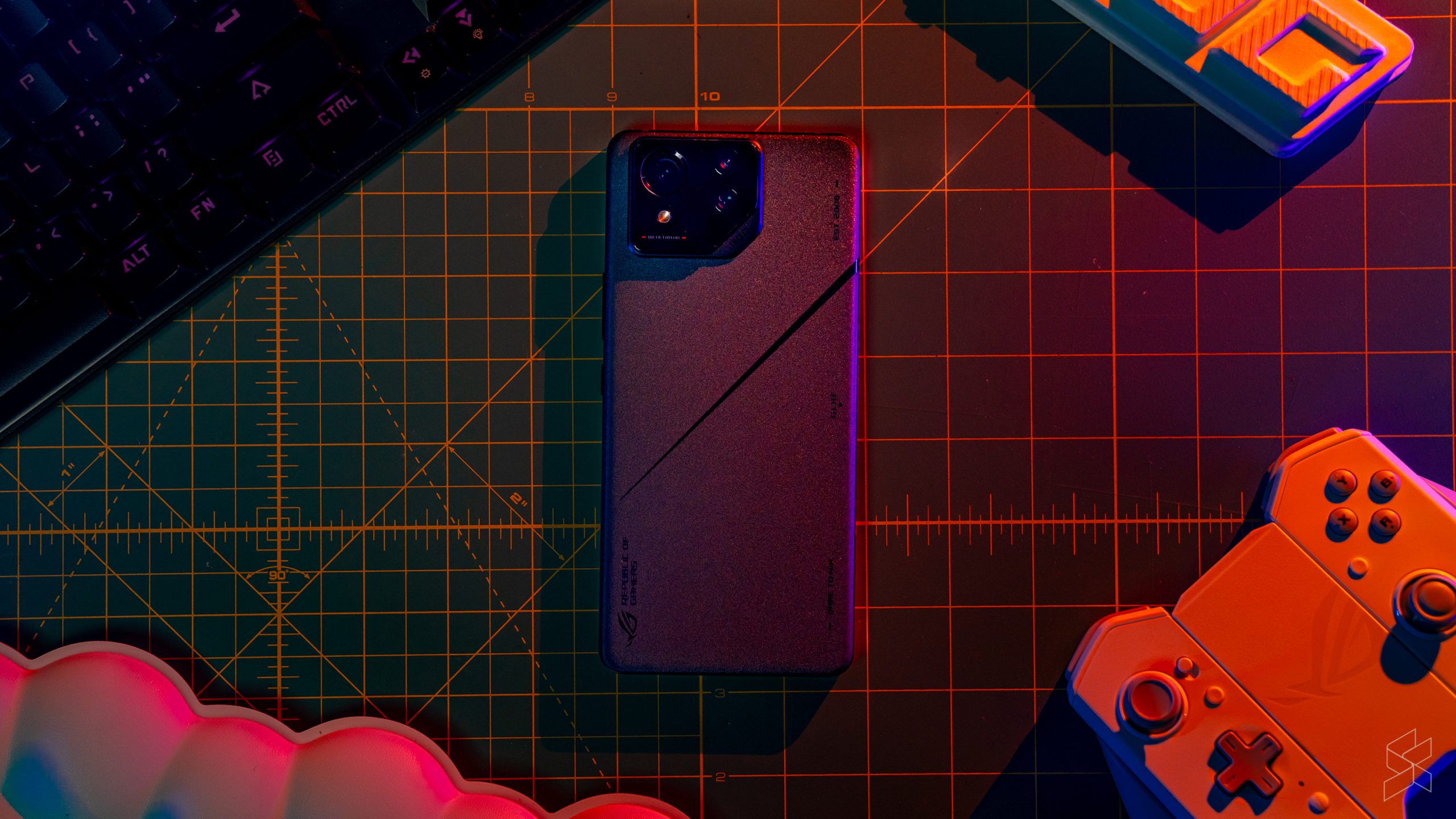
Some people—including a few in the SoyaCincau office—have already claimed that this is Asus selling out. That’s not just because of the new look, but also because it comes with a number of design choices that we’ll get onto in just a bit. Right now though, I’m just going to go ahead and say that I absolutely love the new look on the ROG Phone 8 Pro. In fact, I’d go as far as to say that this is currently my favourite looking smartphone among the latest generation of smartphones.
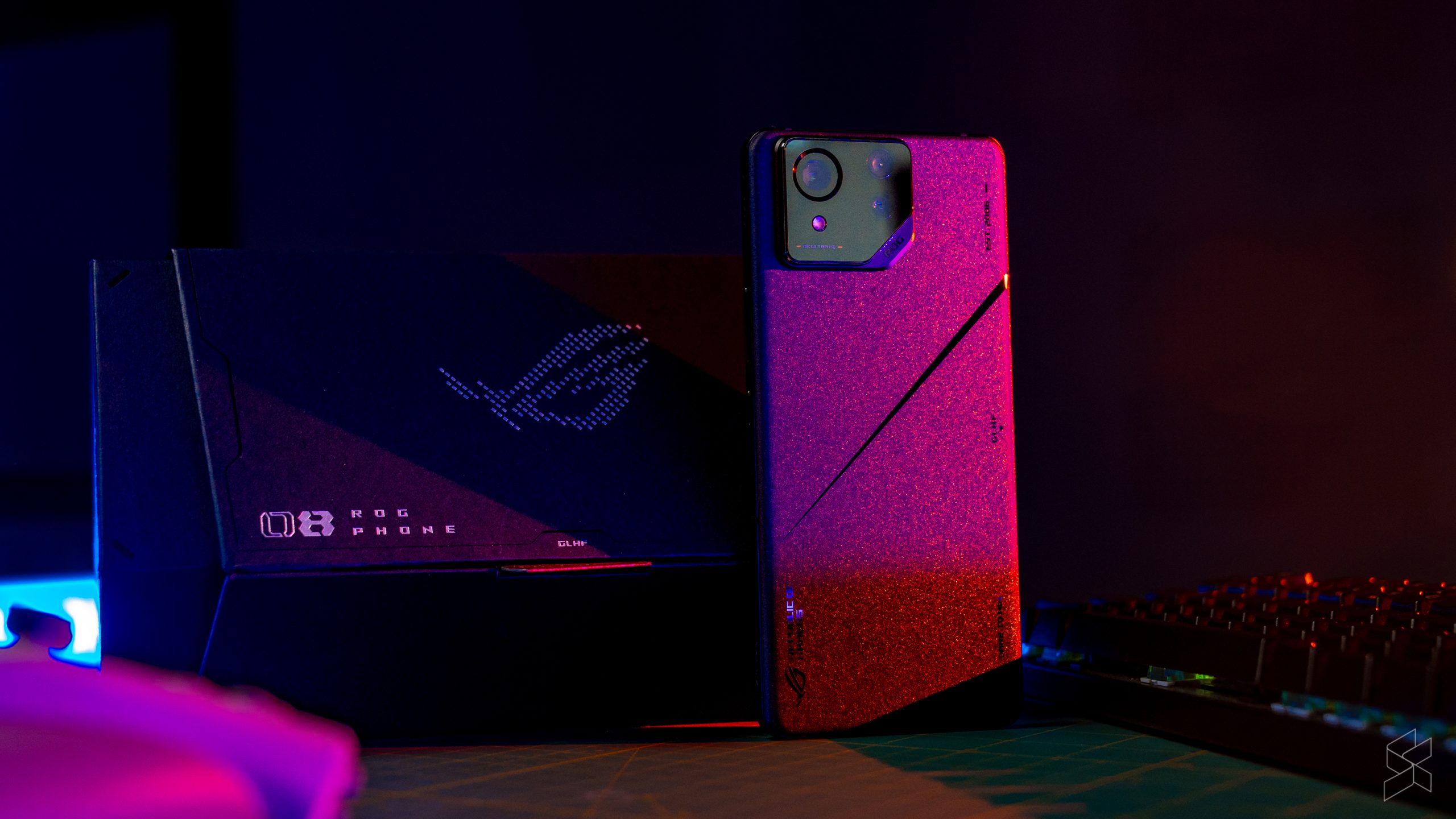
That matte back not just looks amazing, but more importantly feels amazing in your hand too. The ROG logo and Republic of Gamers branding is still there of course, but significantly more toned down to the point where I no longer feel awkward holding it out in public. It especially helps that there’s no longer a secondary display on the back, instead replaced by a more minimalistic AniMe Vision MiniLED matrix on the back that can be customised further or straight up turned off if you want to go full business mode. I should point out though that if you’re getting the regular ROG Phone 8, you’ll get a light up ROG logo on the back instead.
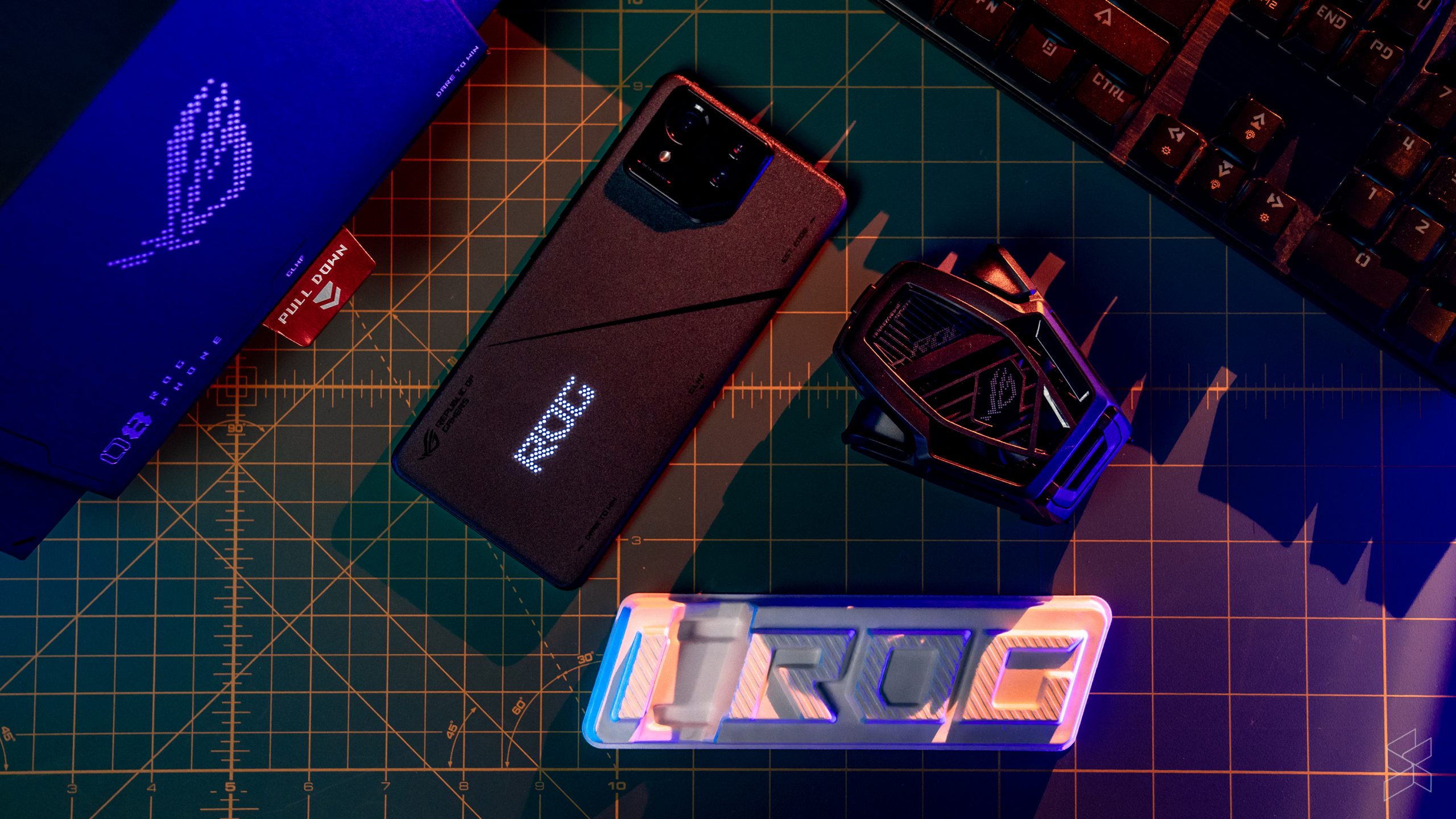
Then there’s that Phantom Black colourway which works really well with the matte finish. It’s not the darkest shade of black either, with more of a gunmetal—or should I say, titanium—sheen to it. I really like the flat sides on the ROG Phone 8 Pro too, again making it more in line with its contemporaries. There’s the addition of an IP68 dust and water resistance rating too, a great upgrade from the IP54 rating on last year’s ROG Phone 7 lineup. Overall, this new subdued look is a winner in my mind.
Fitting in with the crowd

But like I said earlier, not everyone’s happy with the new look and I can see why. Perhaps the most surprising design choice here by Asus is that the ROG Phone 8 series no longer has a notchless, cut out-free full display. Previous ROG Phones have prided themselves on not having a notch and/or cut out for the front camera, having sacrificed screen-to-body ratio in pursuit of a full display and dual front facing speakers.
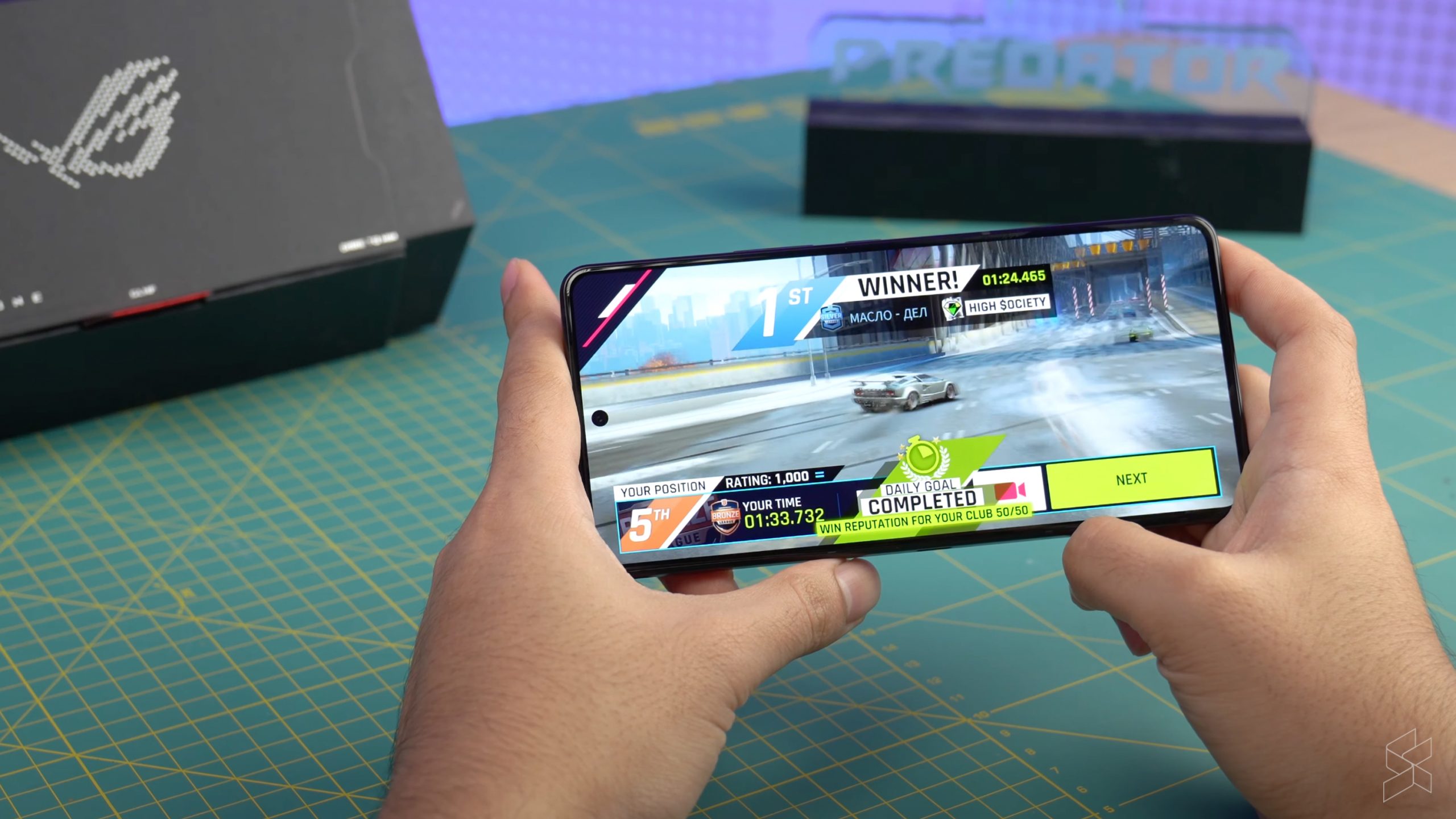
With the ROG Phone 8 lineup though, you’ll now find a 6.78-inch AMOLED display with an FHD+ resolution, capable of an adaptive 165Hz refresh rate, top notch colour accuracy of Delta E < 1 and a peak brightness of 2,500nits, with 1,600nits in high brightness mode. There’s also a layer of Corning Gorilla Glass Victus 2 over it for scratch resistance. By switching over to a more typical display style with that cut out for the selfie camera, Asus was able to shrink down the bezels by up to 71% on the top and bottom bezels and another 14% on the sides, achieving a 94% screen-to-body ratio.
I can see why Asus would finally give up on the whole notchless display thing, as going bezelless has pretty much become the norm for nearly everyone else in the scene. For a number of hardcore mobile gamers though, it’s still a little disappointing. Nevertheless, having used both the ROG Phone 6 Pro and the ROG Phone 7 Ultimate before, I perfonally feel like this change really isn’t that big of a deal.
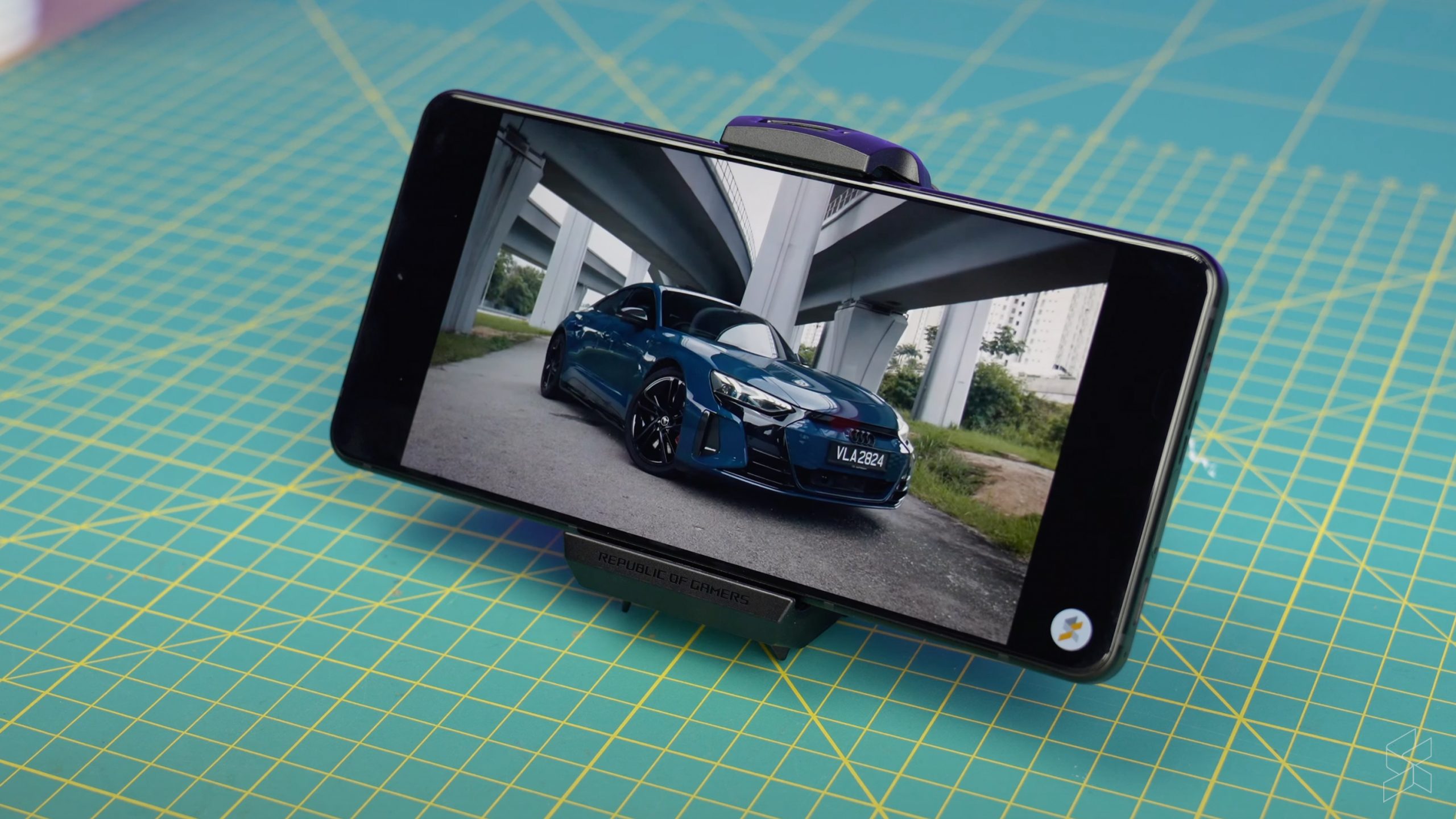
Sure, they shrank the bezels and gave it a cut out selfie camera, but in turn reduced the overall footprint of the phone by quite a bit, making it far more usable for its main purpose: a smartphone. I found myself gaming, scrolling through social media, reading articles, replying text messages and watching YouTube content on the ROG Phone 8 Pro just absolutely fine. Just like with nearly every other Android device out there, one you start using it the cut out really won’t bother you anymore, and the ROG Phone 8 series is no different.
What’s not so fine though to me personally, is that by giving it the bezelless treatment the dual front facing sterep speaker setup on the ROG Phone 8 Pro’s predecessors has been significantly gimped. Instead, you’ll find a more typical single front firing and another bottom firing speaker here and for the most part it’s fine as it’s able to get decently loud while maintaining its clarity with little distortion.
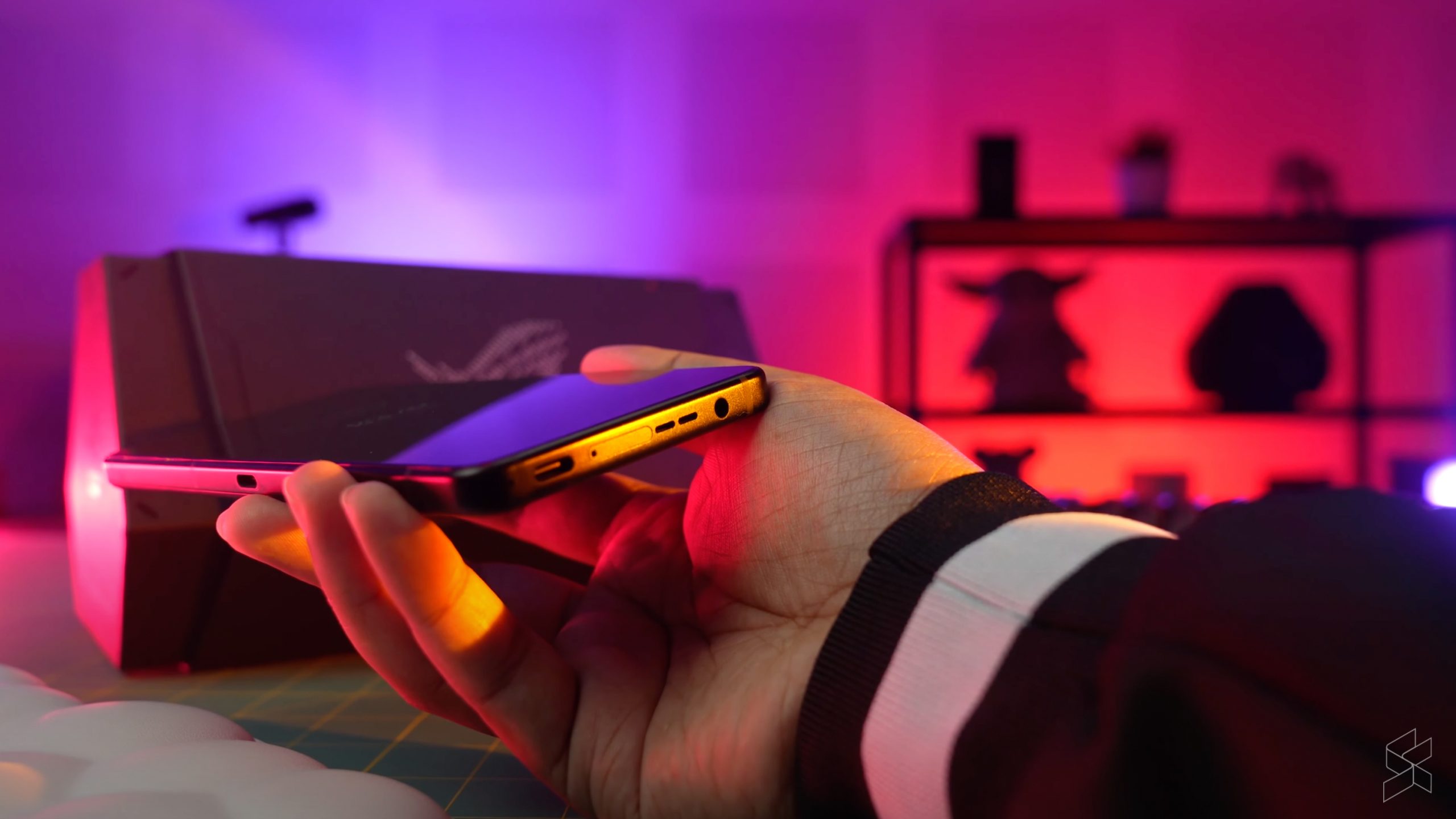
But by moving away from the dual front facing speaker configuration, the audio just isn’t as balanced as before. It’s still good mind you, but it used to be that daily driving an ROG Phone meant some of the best speakers on a smartphone for watching content or gaming. And because it’s now a bottom firing speaker, I also find myself accidentally covering the bottom speaker especially when I’m tyring to use the right AirTrigger sensor. On the brightside, there’s still a 3.5mm audio jack to hook up a pair of wired headphones or IEMs.
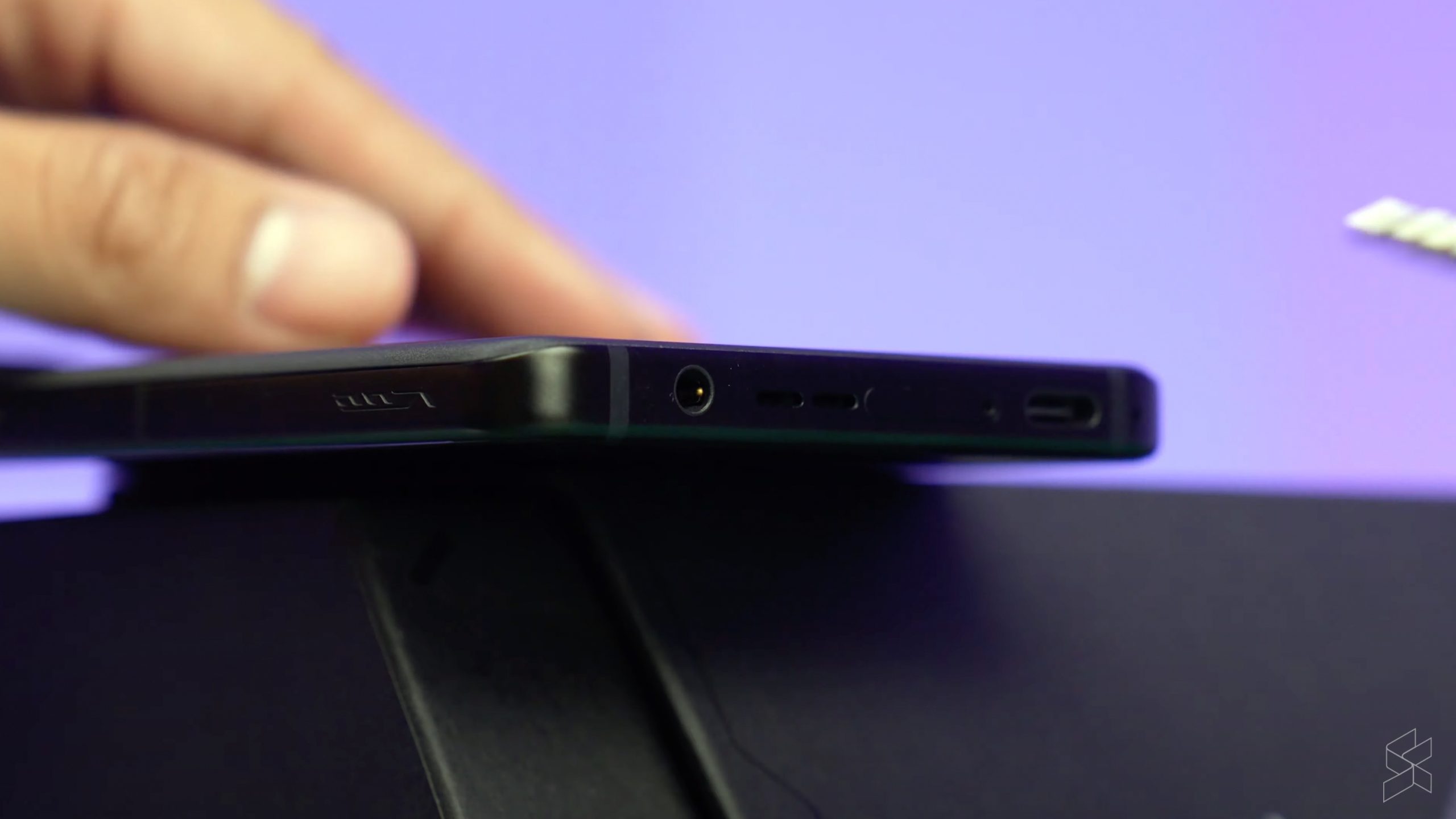
Incidentally, it’s also in the audio department that I find myself again a little disappointed with their new AeroActive Cooler X. A redesigned phone means a redesigned AeroActive Cooler, and just like the ROG Phone 8 series Asus’ latest cooler attachment is now 10% lighter and 29% smaller than before. That doesn’t mean it’s less capable at reducing heat, as a faster fan and higher thermal efficiency meant that for the most part it works well enough to keep temperatures a couple of degrees cooler than when gaming without it.
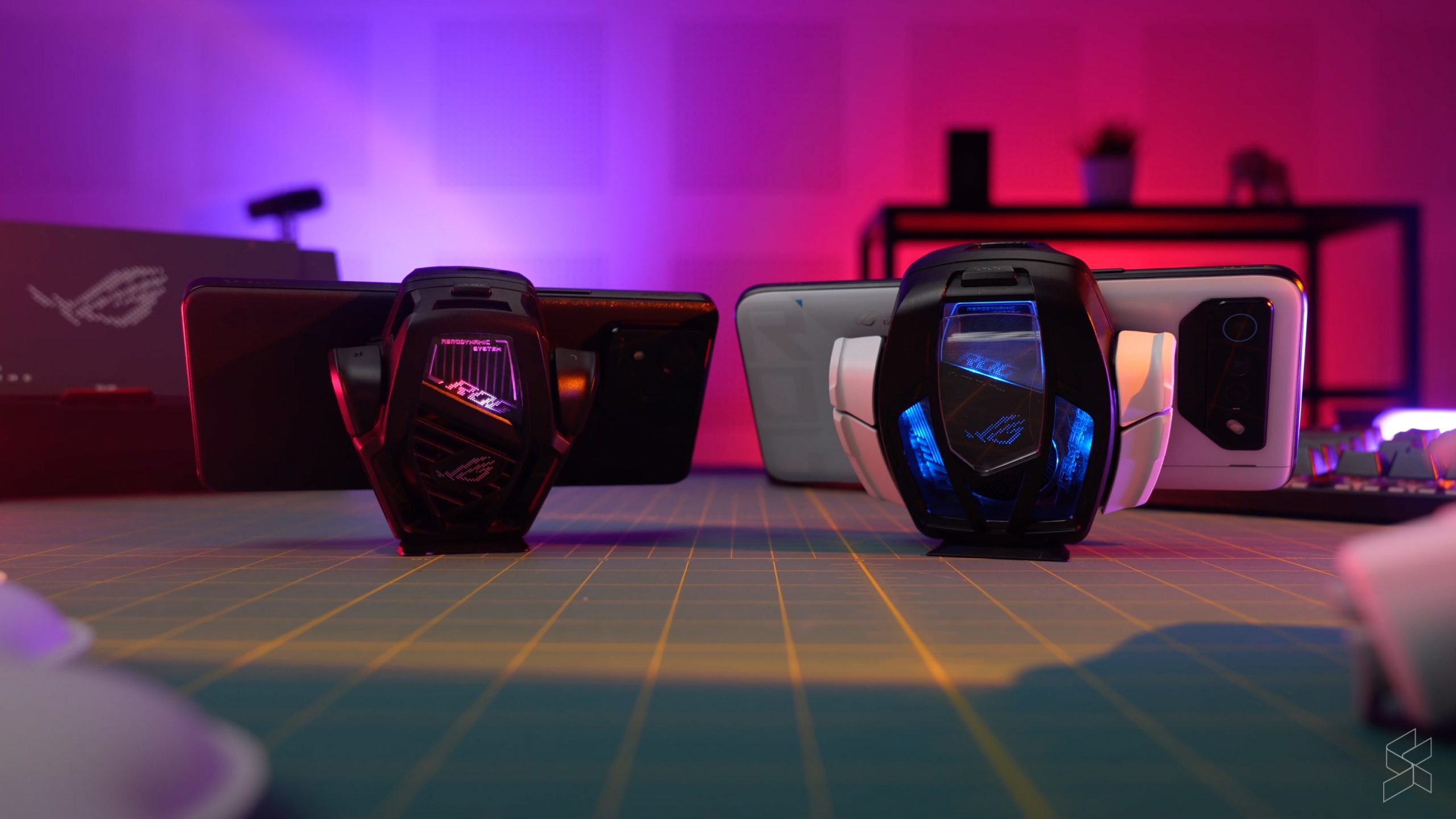
Unfortunately, the AeroActive Cooler X no longer has that subwoofer that was in the previous AeroActive Cooler 7 for the ROG Phone 7 series, making the overall potential for audio quality here just a smidge lower. Also, if you’re one of those gamers who love having as many buttons available to you as possible for macros and what not, you’ll find just two buttons here on the AeroActive Cooler X rather than four—another sacrifice made to reduce size and weight. And speaking of gaming…
Game as little as possible, thanks to AI
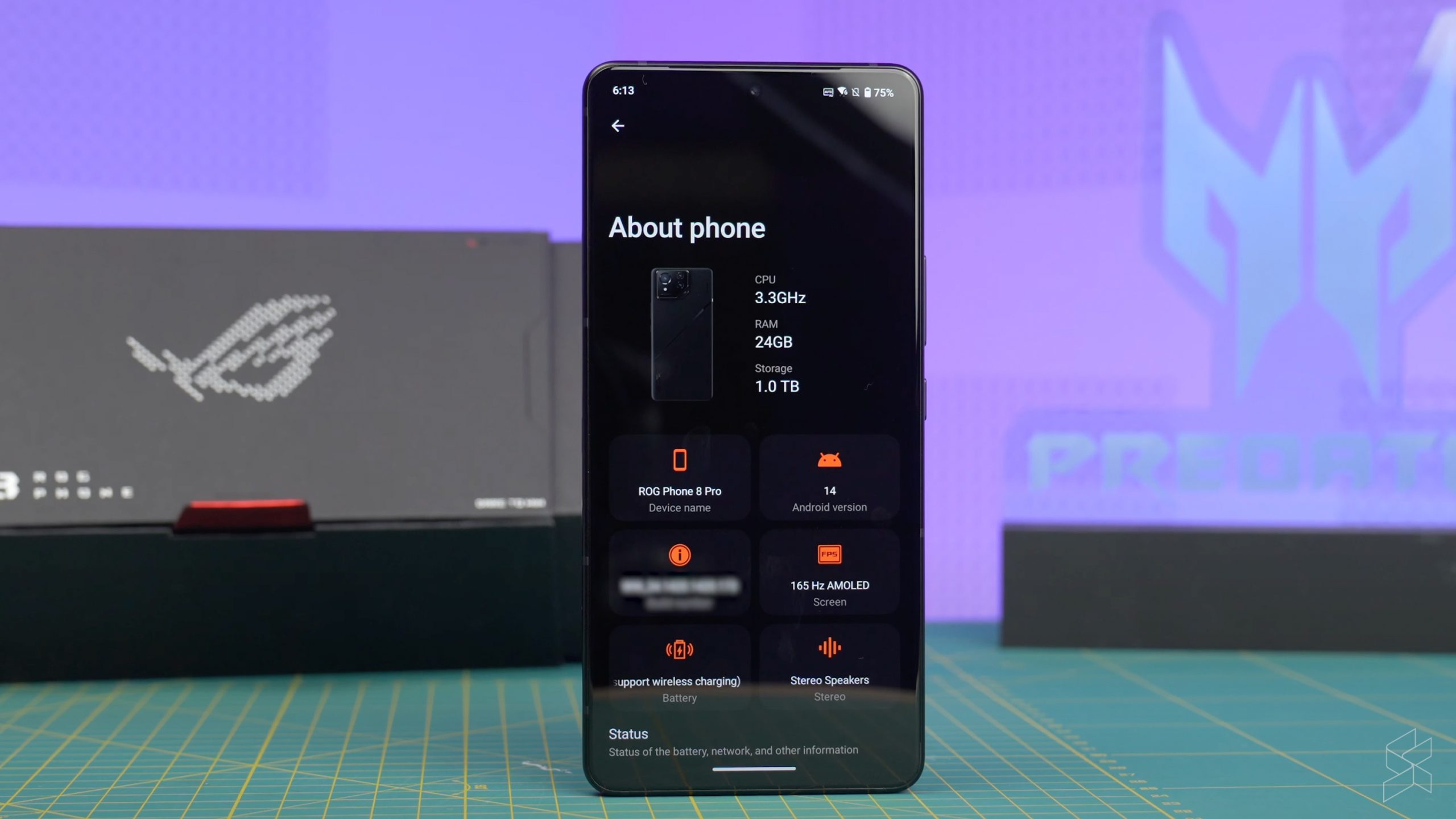
The ROG Phone 8 series will do well in what is technically its main aim as a smartphone: gaming. It packs the latest Snapdragon 8 Gen 3 system-on-chip from Qualcomm with up to 24GB of RAM and 1TB of storage on our ROG Phone 8 Pro Edition, making it one of the snappiest smartphones you can get off the shelves right now. There’s also your standard array of software tools such as Armoury Crate and Game Genie for you to tweak performance profiles and what not, though I did notice some grammatical errors here and there such as during the introductory tutorial.

Perhaps the best compliment that I can give the ROG Phone 8 Pro here is that, when I first got my hands on it and started playing games, I kinda forgot that it was for a review. I genuinely just enjoyed my time with the device when it came to gaming, playing everything from Shadow Fight 4 and Geometry Dash along with card games such as MTG: Arena till my boss reminded me that I was supposed to be working.
One cool new feature though is that with the ROG Phone 8 Pro, there’s actually some, um, AI-powered “tools” that will let you speed through your progres in-game. Definitely not cheating of course, just tools. It’s unfortunately only available for Genshin Impact and Honkai Star Rail at the moment, but basically these features have the phone do some of the work for you, such as automatically picking up loot, fast forwarding through the cut scenes for you and even getting guides on how to complete the quest you’re stuck in mid-game without needing to switch to a browser.
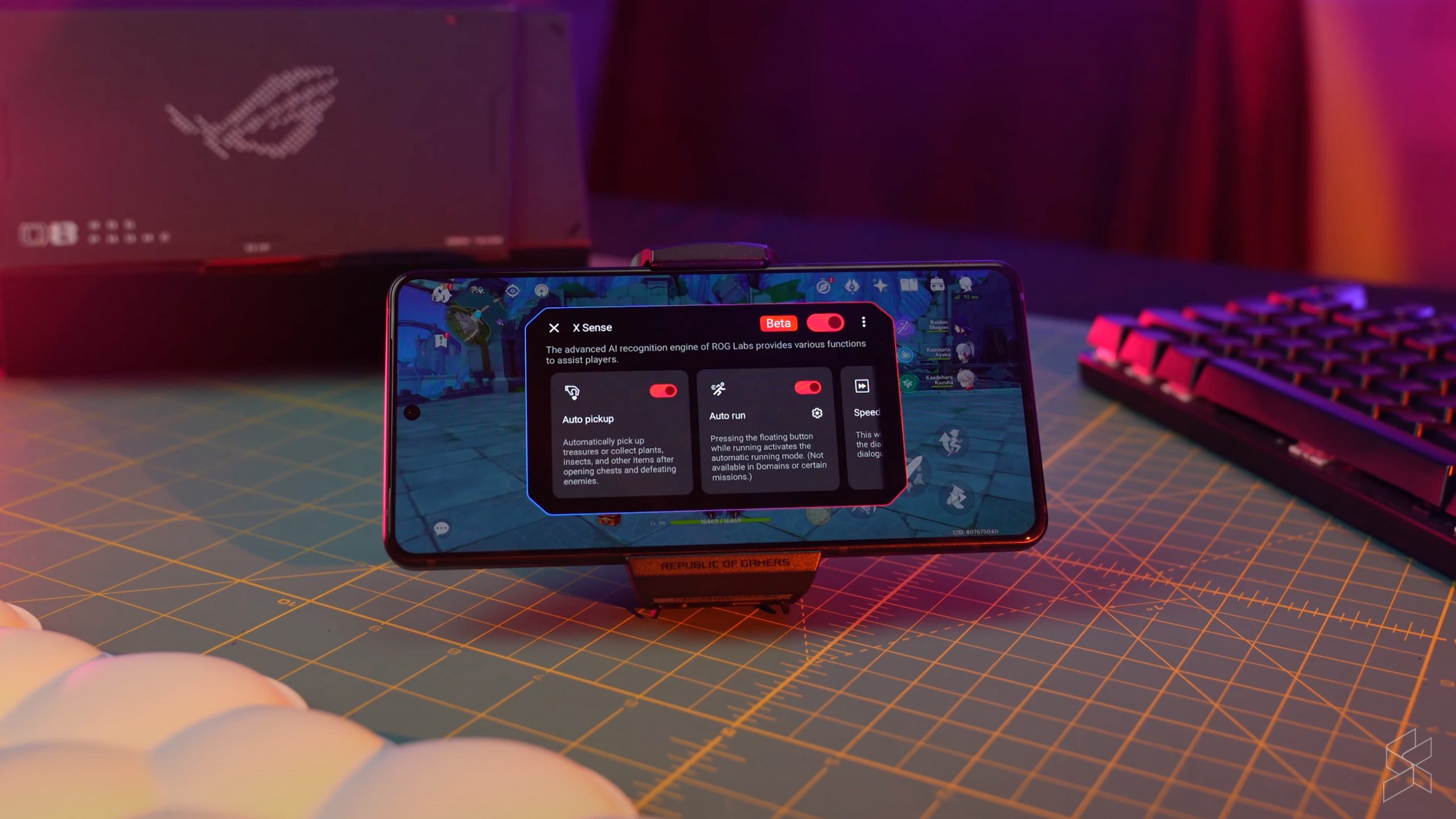
I personally am not much of a Hoyoverse gamer, but my colleague Najib is, and according to him he loved the automatic loot pickup and fast forwarding features in particular, as it helped speed up his progress whenever he was playing Genshin Impact.
I also like that Asus continues to let you choose between the more edgy and gamer aesthetic ROG UI theme or a more subdued and classic theme, along with your choice of stock Android or Asus optimised notifications and controls. What I don’t like though is that the Taiwanese giant is still only guaranteeing at least two major Android OS upgrades and four years of security updates, especially when nearly every other major manufacturer are able to commit between four and seven years of software support.
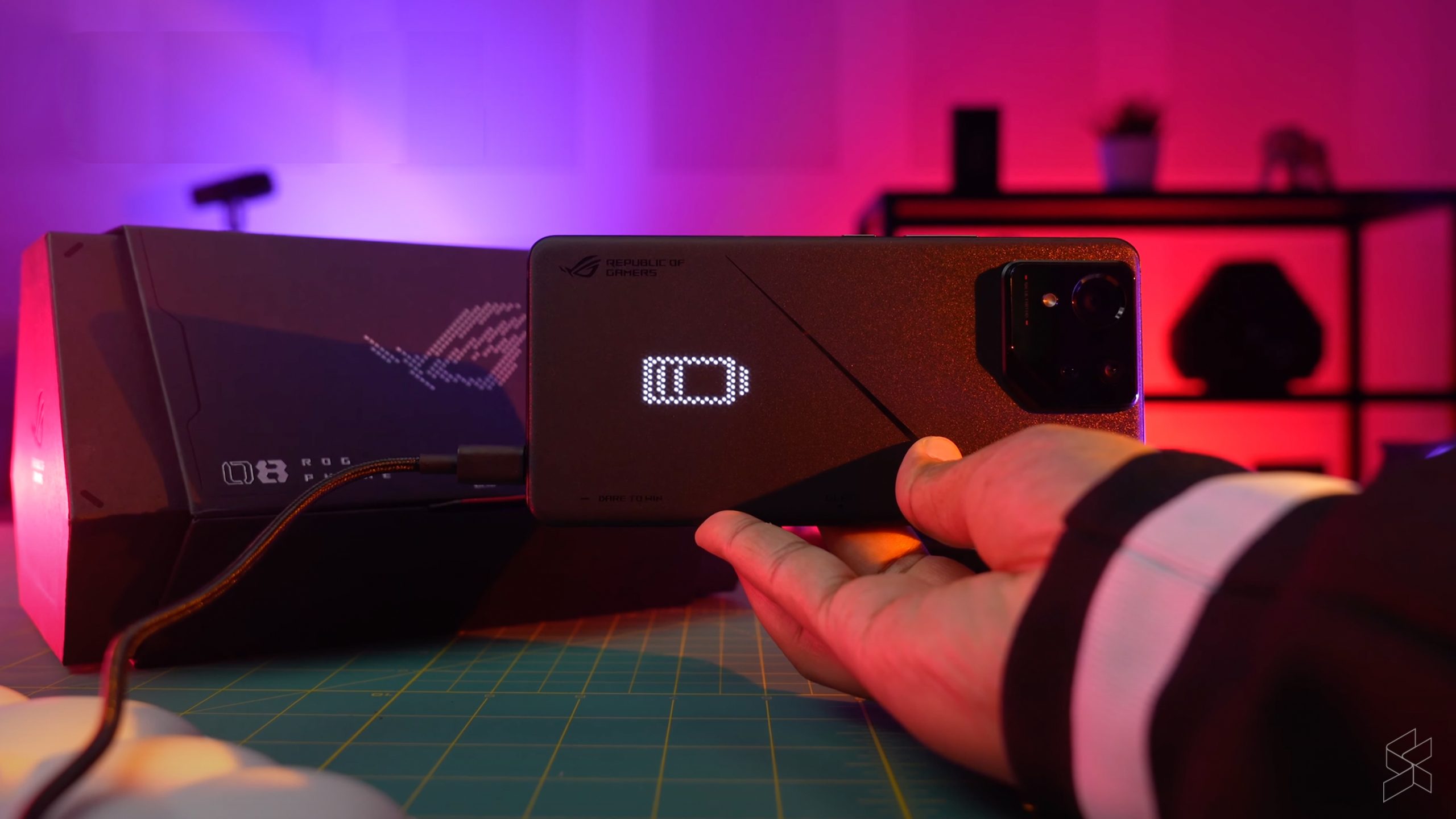
Keeping the lights on meanwhile is a 5,500mAh battery and the keen eyed among you would probably notice that this is actually less capacity than its predecessor. This is again due to Asus wanting to go thinner and lighter on the ROG Phone 8 series, and while your mileage may vary I did manage to comfortably get a full day of use even with some light gaming on the side. There’s also the usual two USB-C ports for 65W fast charging, on top of 15W wireless charging that again makes it more in line with its contemporaries.
The best cameras yet—for a gaming smartphone
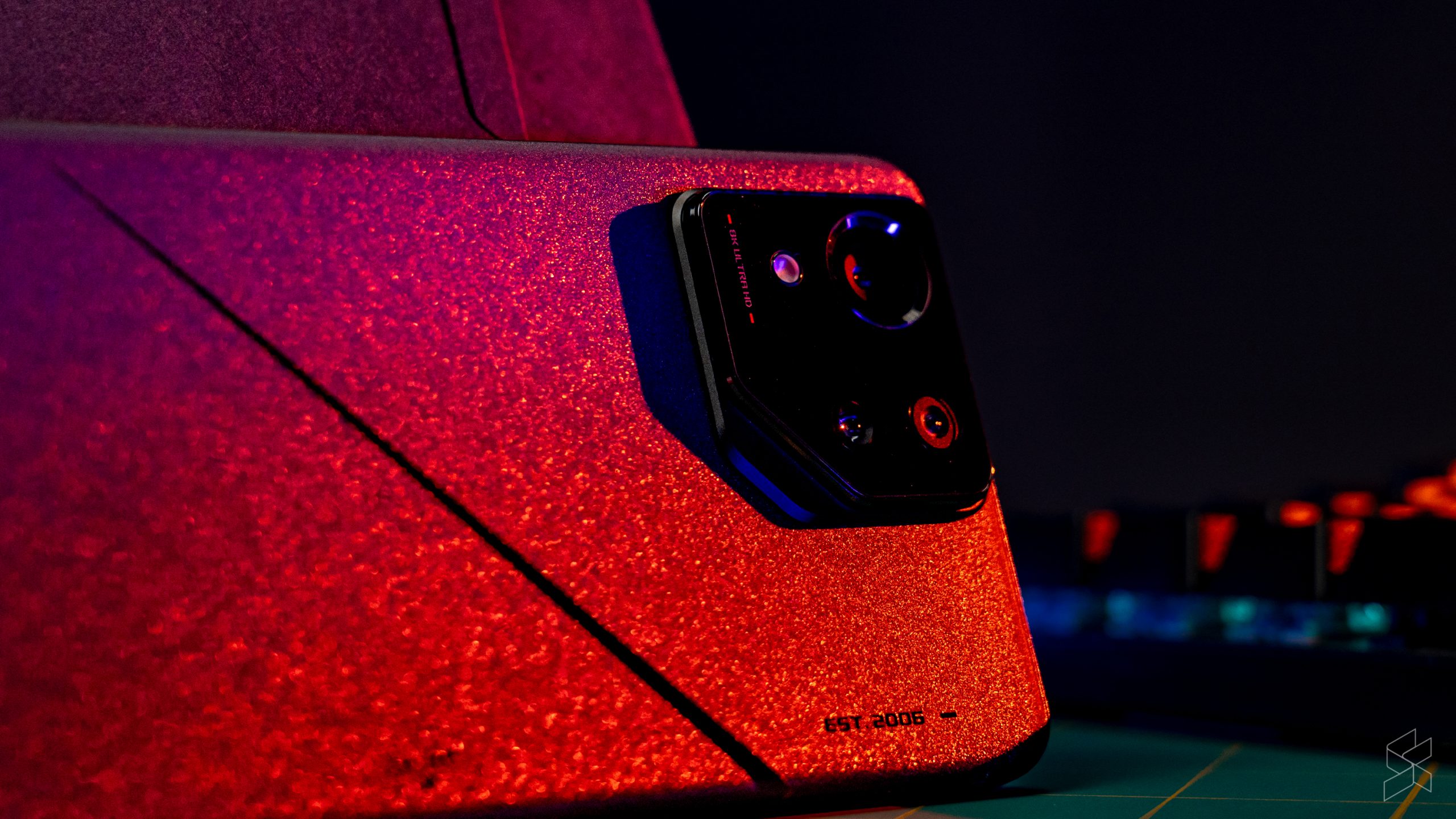
Gaming smartphones havenever been the best in the camera department and that’s no surprise of course, as the goal of these high end devices has always been in raw performance, not its photography capabilities. In fact, the last two ROG Phones already had the best cameras you could get on a gaming smartphone. With the ROG Phone 8 Pro though, it’s here where Asus has given its latest flagship smartphone the biggest upgrade yet.
The ROG Phone 8 Pro sports a main 50MP, f/1.9 camera with a six-axis gimbal for added stabilisation, backed up by a 13MP, f/2.2 ultrawide shooter and a 32MP, f/2.4 telephoto offering a 3x optical zoom, a first for the ROG Phone series. It should be noted though that in Malaysia, the base ROG Phone 8 does not get that telephoto shooter, instead replaced by a macro sensor instead. In any case, a 32MP, f/2.5 selfie camera rounds things off for the ROG Phone 8 Pro.
Overall, the cameras on the ROG Phone 8 Pro can be summed up by them being better than their predecessors, certainly the best on any gaming smartphone out there, but still lacking behind the true flagship smartphones from their rivals. The main camera is definitely capable of solid shots, but can be a little inconsistent with lighting, suffering in low light shots and there’s a subtle overprocessing that happens at times. Colour reproduction though is decent, being able to keep things fairly natural.




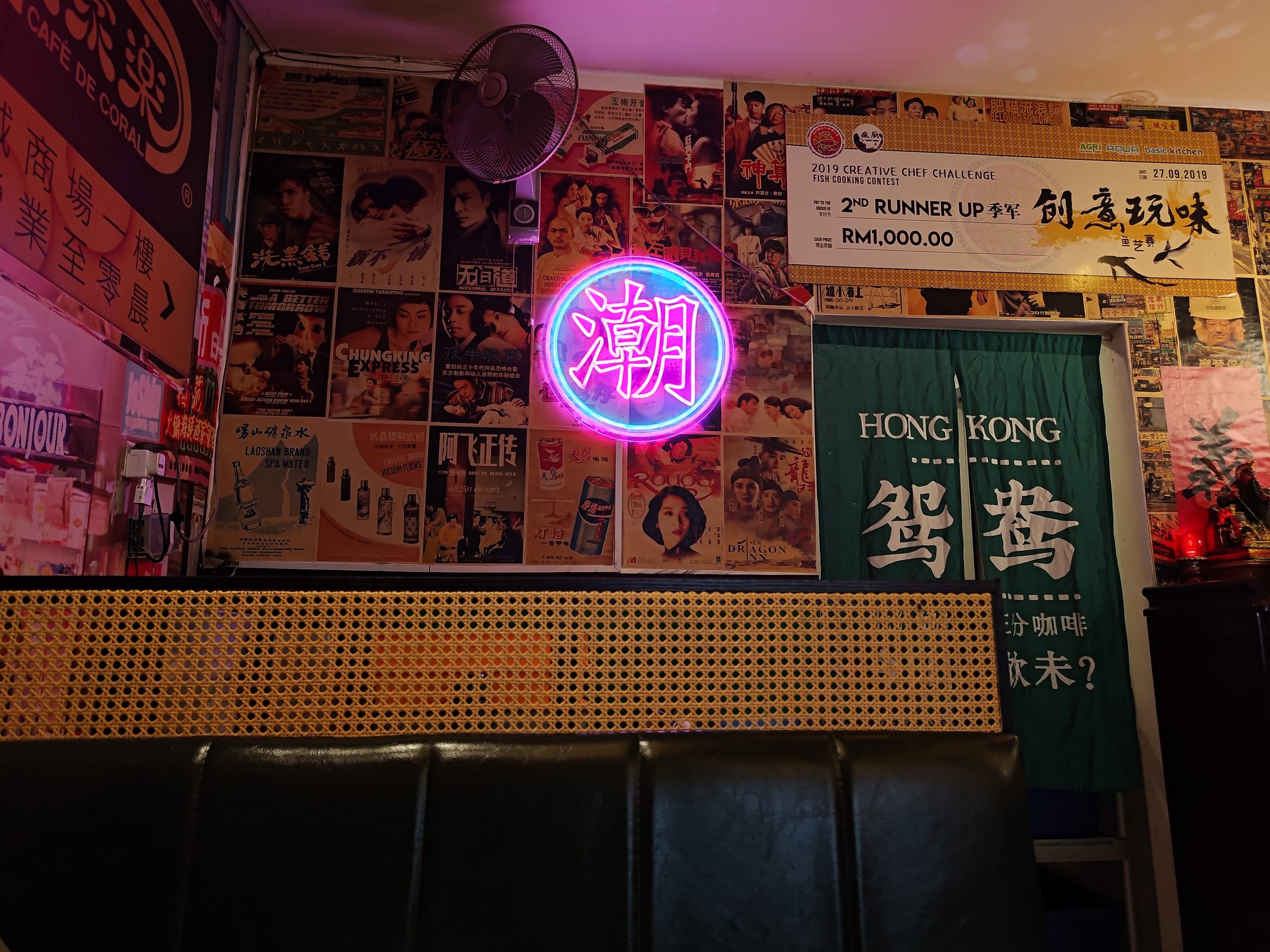
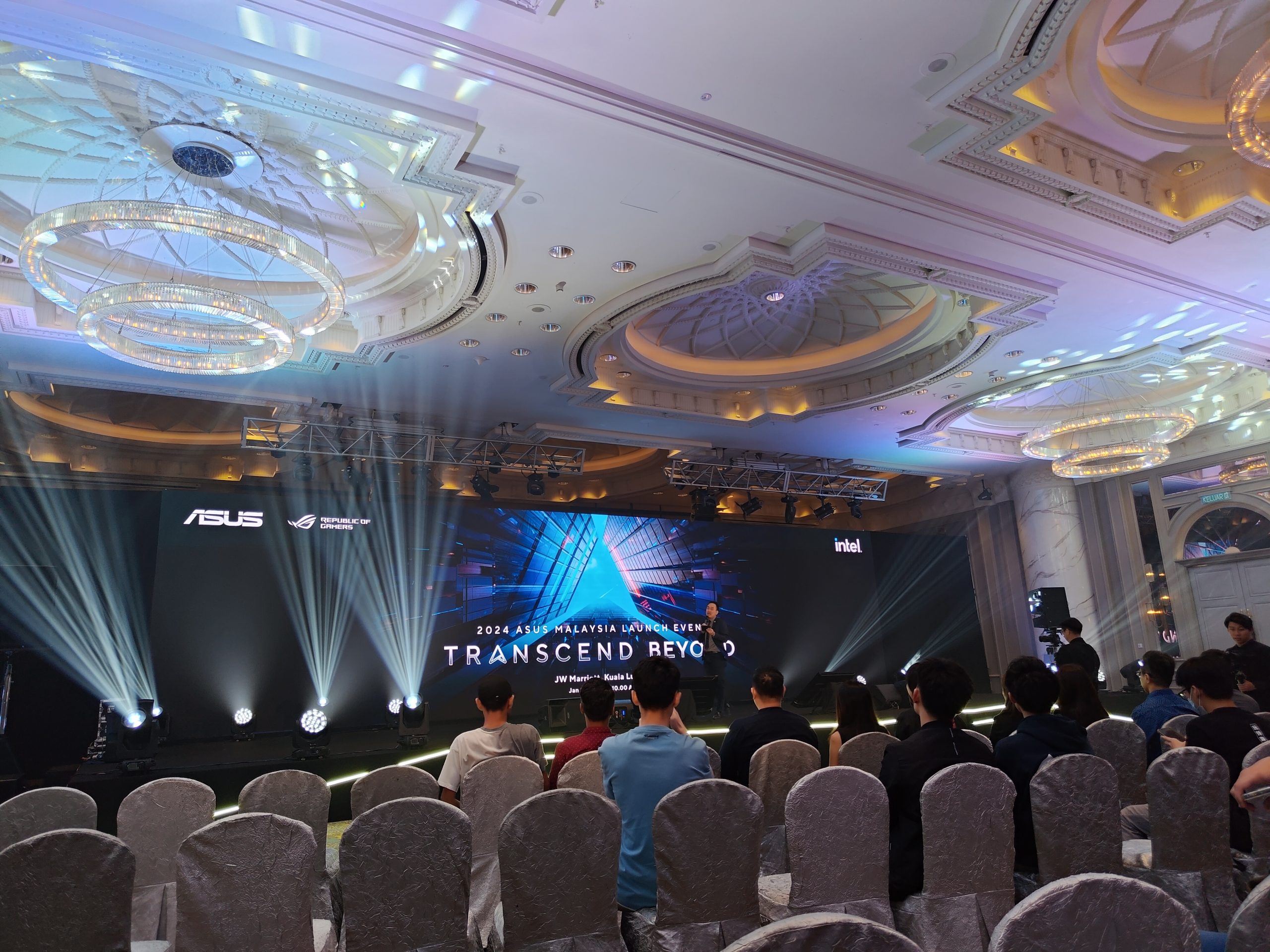


With the telephoto shooter though, the 3x zoom capabilities are unsurprisingly much more impressive than its predecessors that relied on a digital zoom instead. Colour reproduction is again fairly natural but present here too is that overprocessing. The weakest shooter here though is the ultrawide, but not by much. Asus went for a not-that-wide 0.7x lens here which resulted in very little if any distortion near the edges, perfect for that Gen Z selfie I guess.
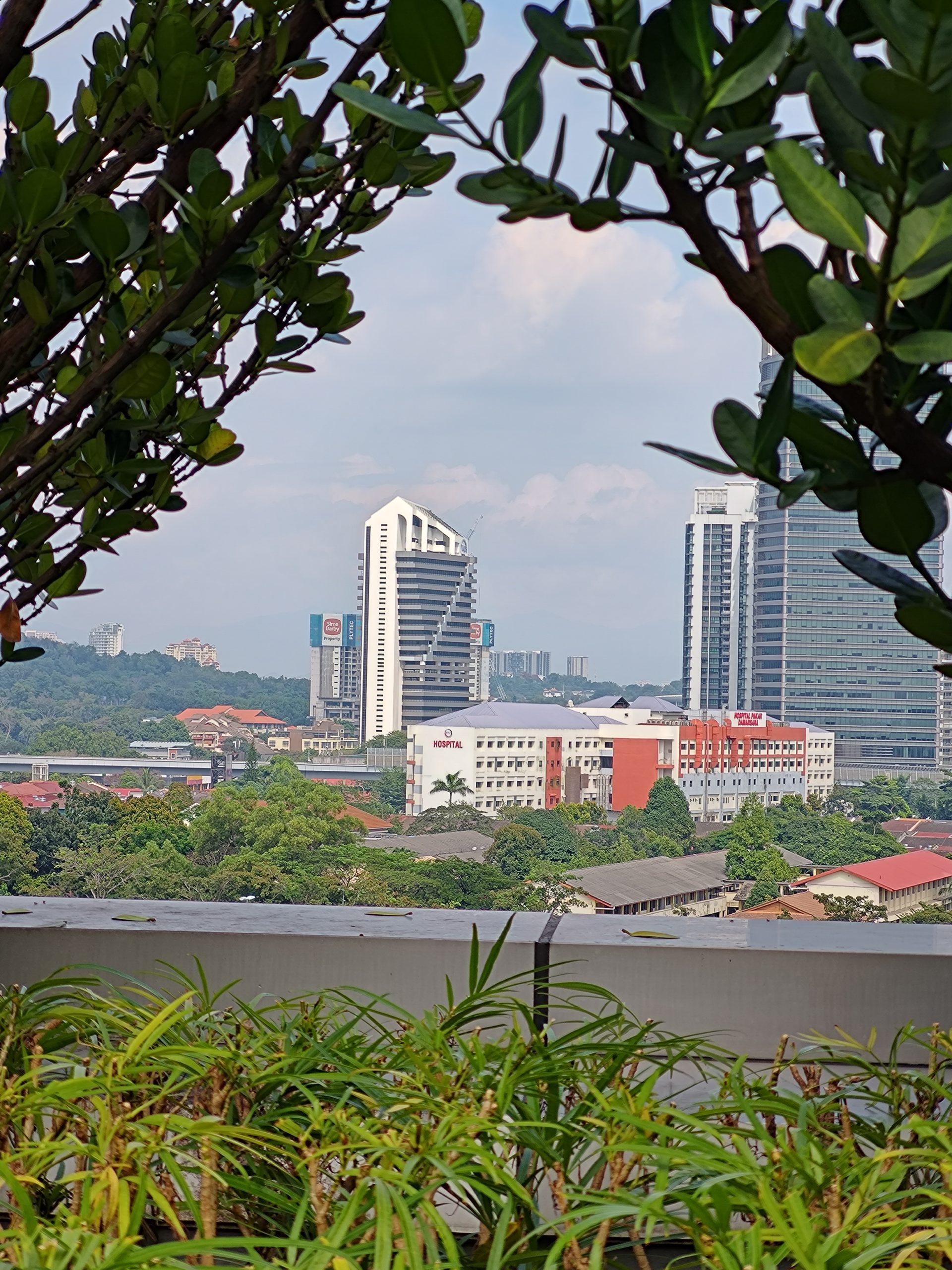


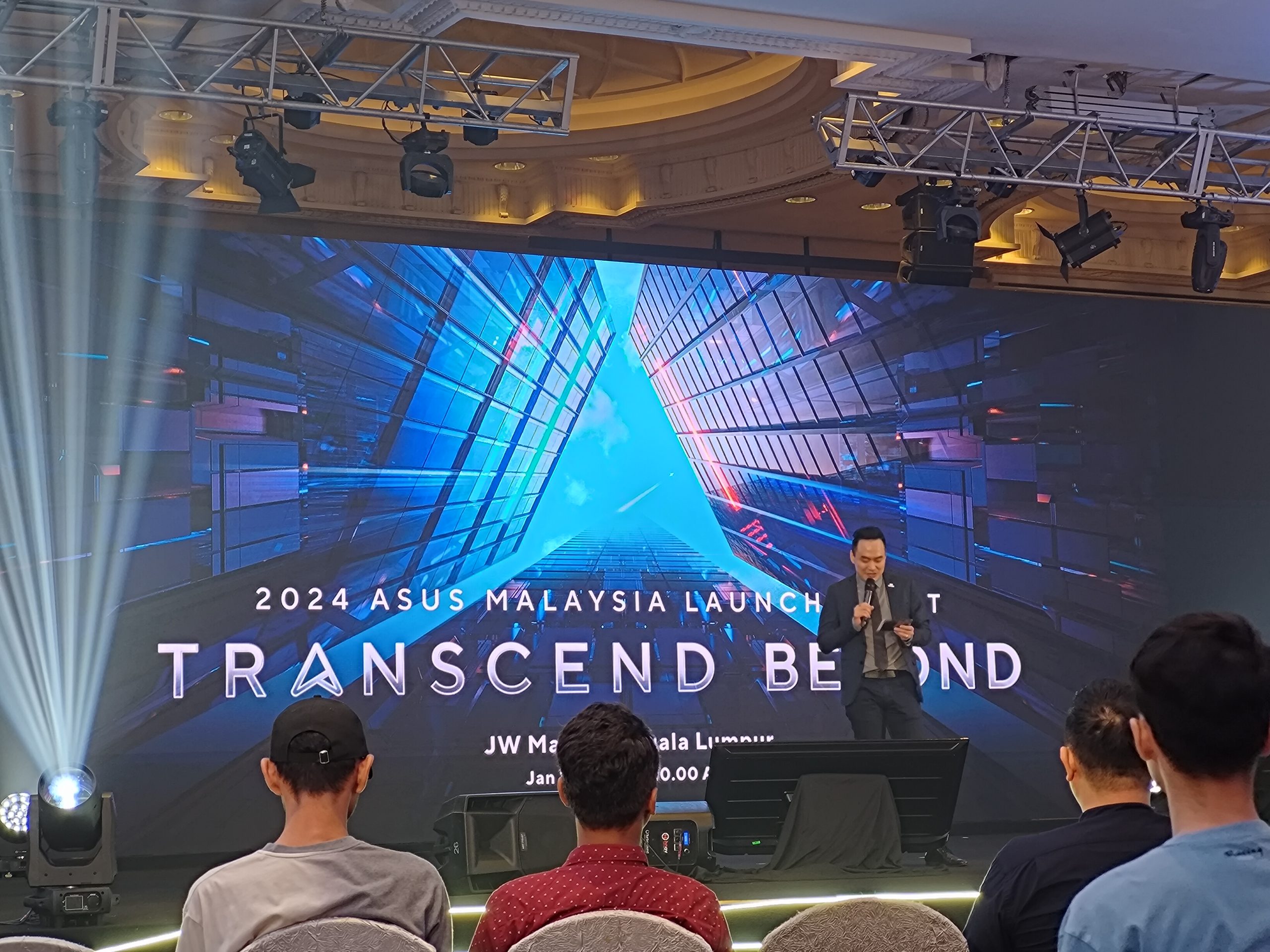
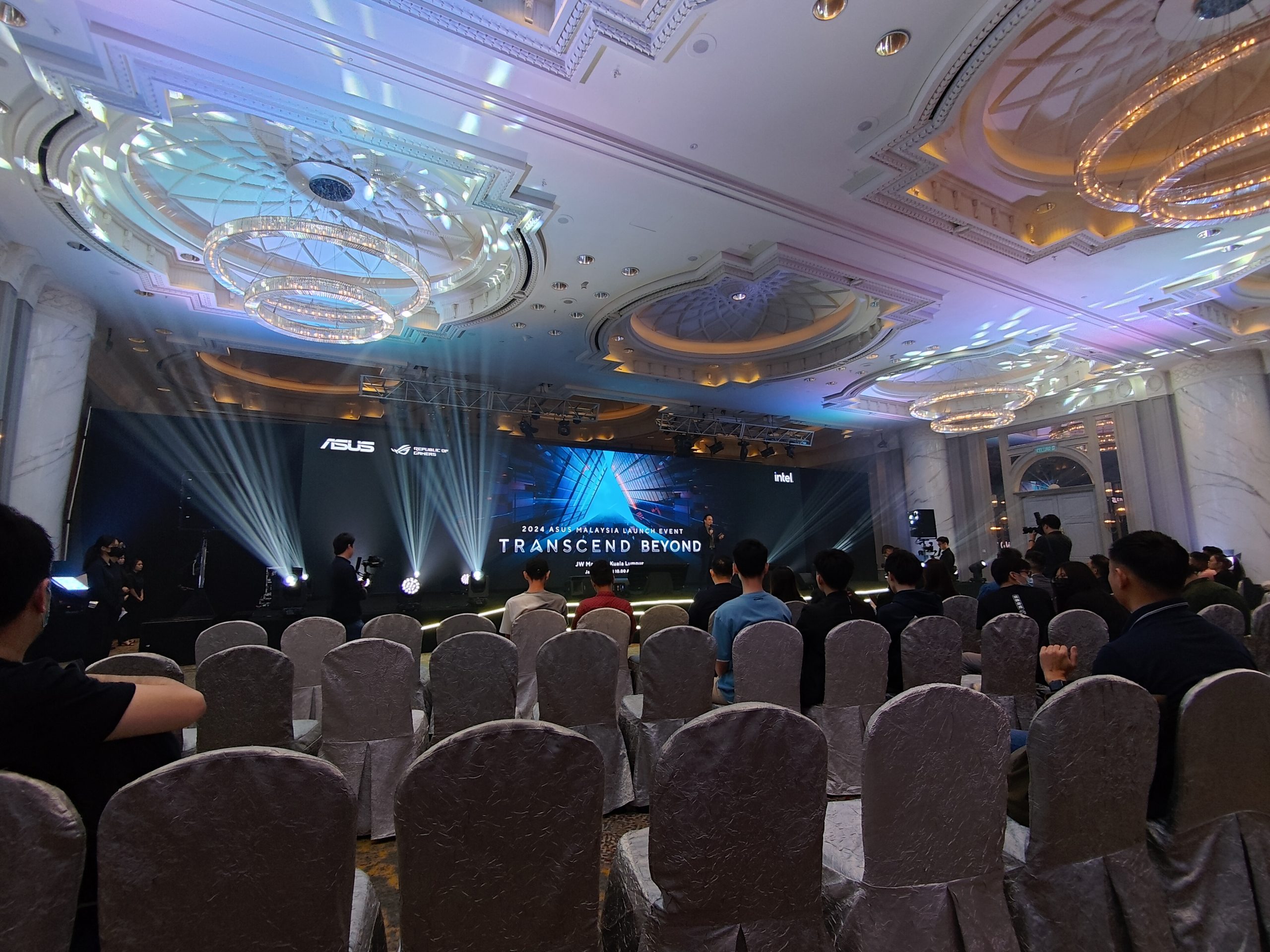

It’s a good smartphone with some awkward pricing
Alright so before I go on, here’s how much the ROG Phone 8 series costs in Malaysia:
- ROG Phone 8, 12GB RAM, 256GB storage – RM3,999
- ROG Phone 8 Pro, 16GB RAM, 512GB storage – RM4,799
- ROG Phone 8 Pro Edition, 24GB RAM, 1TB storage, AeroActive Cooler X included – RM5,999
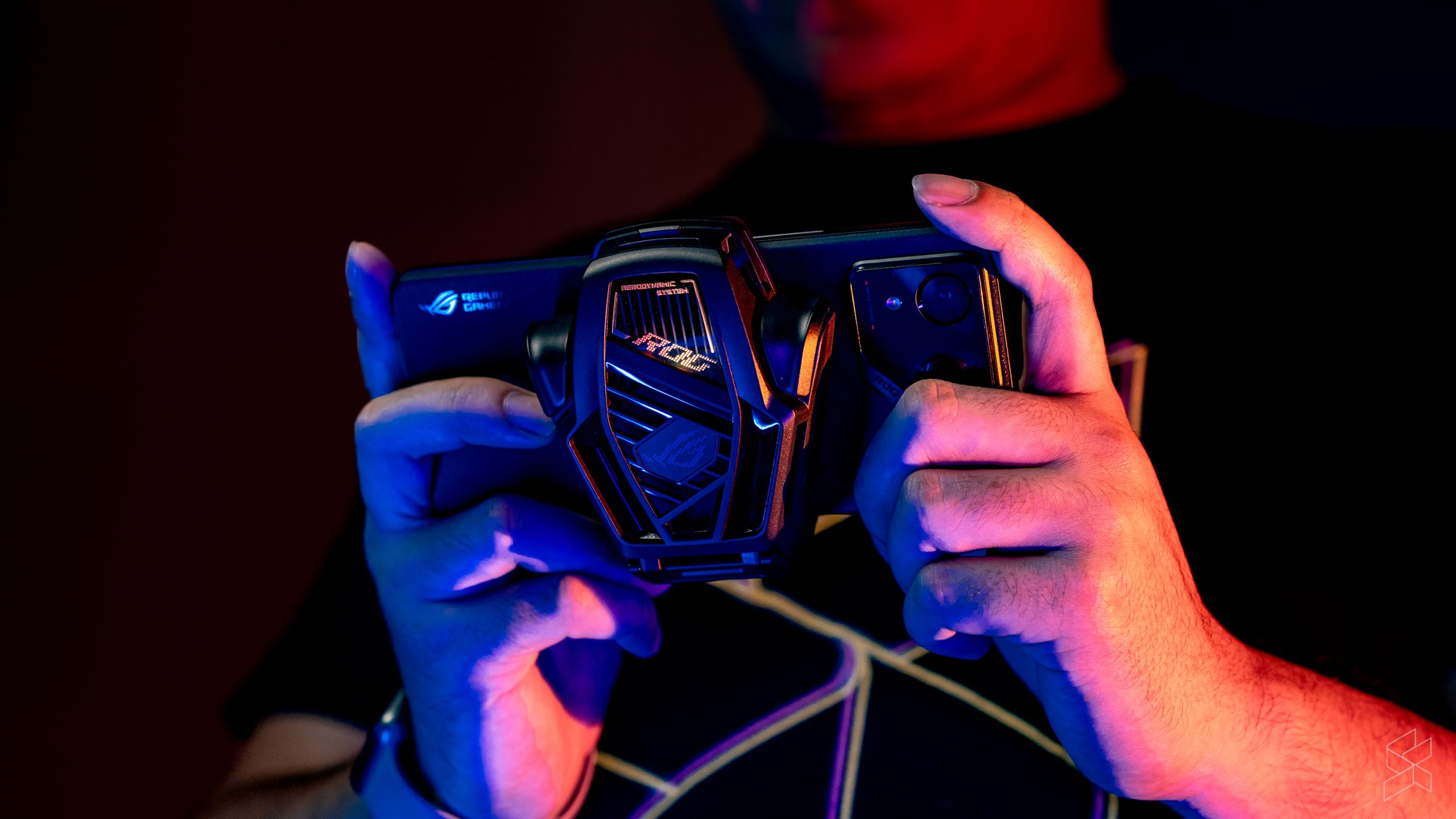
And yeah, as you can see, the ROG Phone 8 lineup is a little pricey now. Starting at just shy of four grand for the base model and rising to just under six grand for the Pro Edition with the bundled cooler, it’s quite a bit more than last year’s ROG Phone 7 series that was priced at RM3,599 onwards.
Granted, inflation is a thing and it’s not like the Ringgit is getting stronger anyways. Asus isn’t the only one with rising prices too, as the new Samsung Galaxy S24 series for instance now starts at a whopping RM4,099 with no option available for under four grand. Even OnePlus, the once beloved flagship killing brand, has priced the OnePlus 12 at RM4,599, significantly more than the RM3,299 that the OnePlus 11 went for.
Going back to the ROG Phone 8 Pro series though, I still have to admit, this is a good smartphone. Even if it’s lose some of its uniqueness with the redesigned display and more typical speaker setup, Asus has made up for it by not just giving it a little more oomph in the camera department, but by also making this one of the best looking smartphones out there thanks to the matte finish (unfortunately only on the Pro). Perhaps the biggest problem for me here really is the mediocre software support, as you should really be getting more than just two Android OS upgrades on a flagship device.
The most hardcore of gamers will probably still be able to appreciate the ROG Phone 8 series, even if they’ll undoubtedly miss that full display. But for anyone who wants to use the phone as a, well, phone first and foremost, the ROG Phone 8 lineup is certainly a much better fit I think, which is perhaps why Asus went into this direction with their flagship gaming smartphone in the first place.

